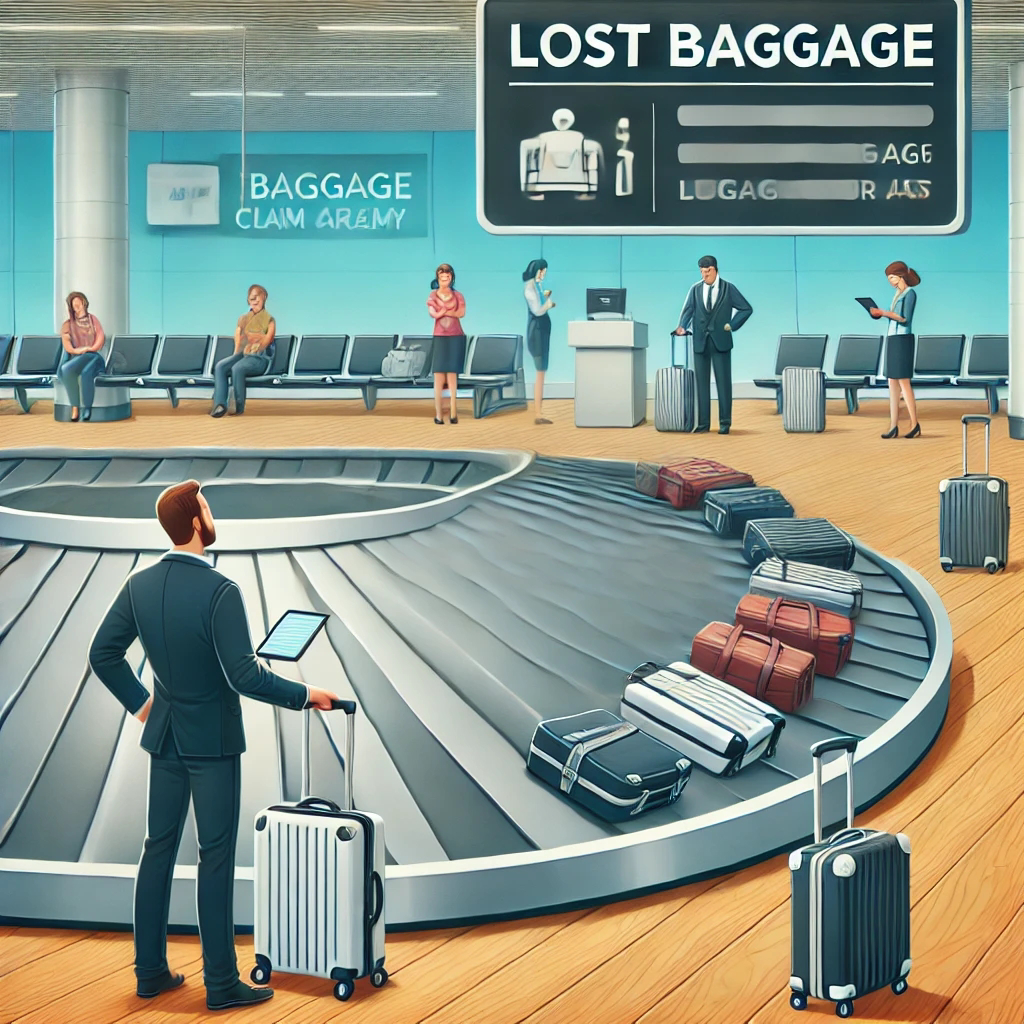HISTORY OF AVIATION
The history of aviation is a remarkable journey that spans over a century of innovation and exploration. It begins in the early 20th century when the Wright brothers, Orville and Wilbur, achieved the first powered flight on December 17, 1903, in Kitty Hawk, North Carolina. Their aircraft, the Wright Flyer, flew for just 12 seconds but marked the beginning of human flight.
Following this milestone, aviation technology rapidly progressed. During World War I, aircraft were used for reconnaissance and combat, leading to advancements in design and performance. The interwar period saw the introduction of commercial aviation, with airlines like Pan Am and KLM starting to offer passenger services.
The Golden Age of Aviation in the 1920s and 1930s brought about iconic aircraft such as the Douglas DC-3, which revolutionized air travel by making it more accessible and comfortable. After World War II, commercial aviation expanded significantly, with the introduction of jet aircraft like the Boeing 707 in the late 1950s, which made long-distance travel faster and more efficient.
In recent decades, aviation has continued to evolve with advancements in technology, safety, and environmental considerations. The development of fuel-efficient aircraft and the rise of low-cost airlines have transformed the industry, making air travel more affordable for millions of people around the world.
Today, aviation plays a crucial role in global connectivity, trade, and tourism, and it continues to push the boundaries of what is possible, with innovations like electric aircraft and plans for commercial space travel on the horizon. The history of aviation is not just about machines; it's about the spirit of exploration and the desire to connect people across the globe.
So, let's try and explore and connect 😊😊




Comments
Post a Comment